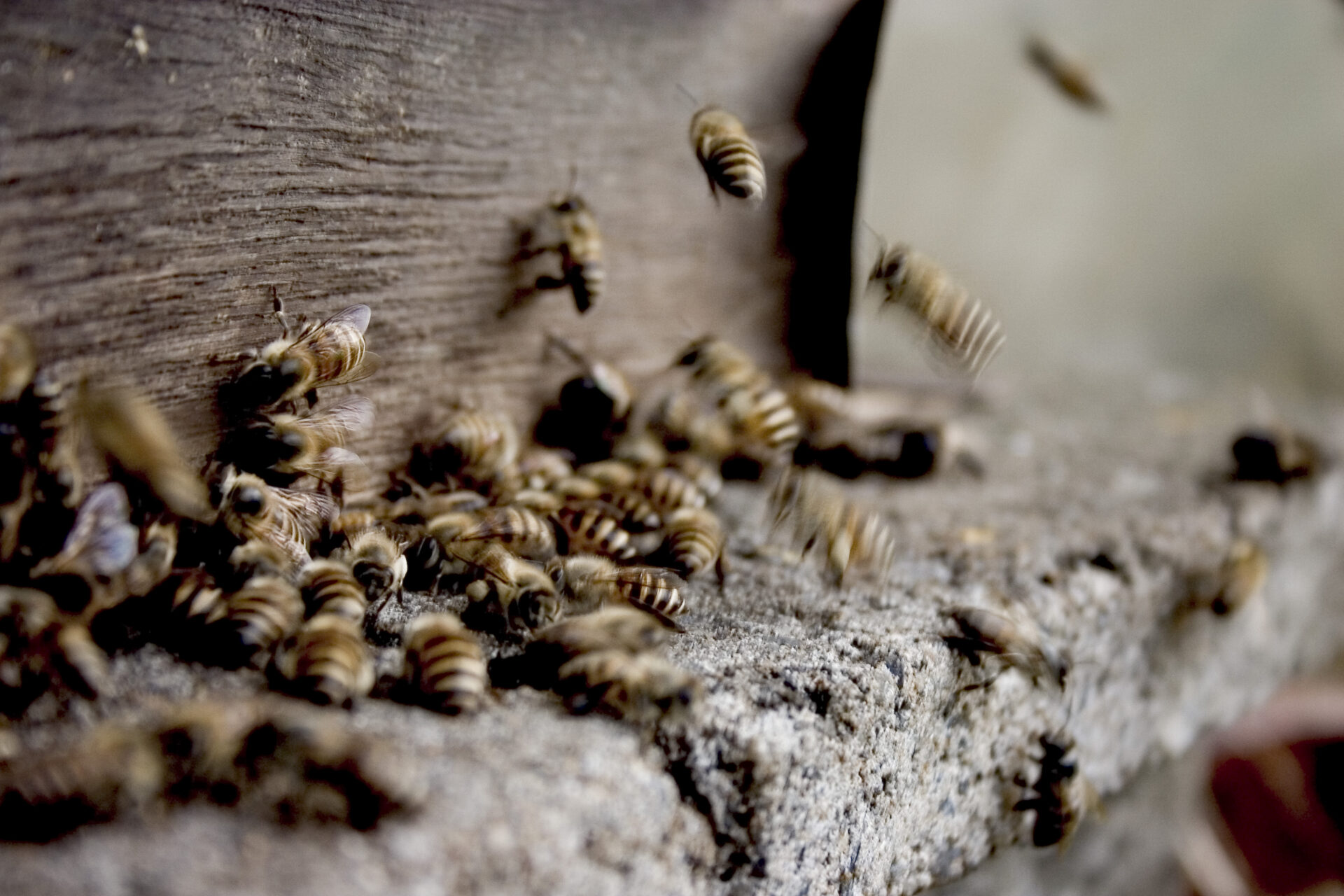Motor Skills Enhancement: Ball Therapy’s Impact
Did you know that motor skills are crucial for our everyday functioning? From tying shoelaces to carrying out complex tasks, our ability to coordinate our movements is essential. This is where ball therapy comes into play. Ball therapy refers to the use of different types of balls in therapeutic activities to enhance motor skills. But what exactly makes ball therapy so effective in improving these skills? In this article, we will delve into the specific impacts and unique features of ball therapy that contribute to motor skills enhancement. Additionally, we will explore the key takeaways from this therapy approach, providing you with valuable insights to optimize your motor skill development journey.
Ball therapy has garnered attention in the field of occupational therapy and physiotherapy due to its remarkable impacts on motor skills enhancement. By engaging in various activities involving ball manipulation, individuals can develop fine motor skills such as hand-eye coordination and finger dexterity. This therapy approach allows individuals to practice precise movements, exerting pressure on the ball and controlling their grip strength. Moreover, ball therapy also contributes to the improvement of gross motor skills, including balance, coordination, and overall body control. The engagement of different muscle groups during ball-related exercises strengthens the core, upper body, and lower body muscles, leading to enhanced motor skills.
Moving forward, let’s explore the key takeaways from ball therapy to understand how this therapeutic approach can be integrated into our lives. We will uncover the benefits of ball therapy for individuals of all ages, including children, adults, and seniors. Furthermore, we will discuss the different types of balls commonly utilized in therapy sessions and explore the specific activities that can be incorporated to target different motor skill domains. Join us in the following sections to unlock the secrets of ball therapy and maximize your motor skills enhancement potential.
Key Takeaways
1. Ball therapy can greatly enhance motor skills in individuals with various developmental disorders, such as autism and cerebral palsy. The use of different types of balls can improve hand-eye coordination, balance, and proprioception.
2. Studies have shown that participating in ball therapy sessions can lead to significant improvements in gross motor skills, fine motor skills, and overall motor planning abilities. This therapy can be especially beneficial for children with motor delays or difficulties.
3. In addition to physical benefits, ball therapy also provides psychological and social advantages. Engaging in group ball activities can help individuals develop social skills, improve self-confidence, and enhance their ability to cooperate and communicate with others.
4. Ball therapy offers a wide range of exercises and activities that can be tailored to an individual’s specific needs and goals. The variety of options available allows therapists to design personalized treatment plans that address different motor skills and adapt to each person’s abilities and limitations.
5. Incorporating ball therapy into daily routines and educational settings can provide a holistic approach to motor skill enhancement. By integrating this therapy into various environments, individuals with motor challenges can continue to develop their skills and abilities beyond the therapy sessions.
What is the Impact of Ball Therapy on Motor Skills Enhancement?
Understanding Motor Skills Enhancement
Motor skills enhancement refers to the improvement of an individual’s ability to control and coordinate their movements. This includes both fine motor skills, such as writing or picking up small objects, and gross motor skills, which involve larger movements like walking or kicking a ball. Ball therapy has been recognized as an effective method to enhance motor skills in individuals of all ages and abilities.
The Benefits of Ball Therapy for Motor Skills Enhancement
1. Improved Balance and Coordination: Ball therapy engages the core muscles and challenges balance, leading to enhanced coordination and stability. This is particularly beneficial for individuals with conditions that affect their motor skills, such as cerebral palsy or developmental delays.
2. Increased Strength and Endurance: Engaging in ball therapy exercises strengthens muscles, promoting better overall strength and endurance. Regular practice can lead to heightened physical capabilities, allowing individuals to perform daily activities more efficiently.
3. Enhance Fine Motor Skills: Ball therapy exercises that involve manipulating or catching balls can improve fine motor skills, including hand-eye coordination and finger dexterity. This is particularly beneficial for children who are in the early stages of development.
4. Sensory Stimulation: The tactile experience of handling different types of balls can provide sensory stimulation, benefiting individuals with sensory processing difficulties. This can help improve their ability to process and integrate sensory information.
How Ball Therapy Works
1. Targeted Exercises: Ball therapy involves a range of exercises designed to specifically target motor skill areas, such as balance, coordination, strength, and fine motor skills. These exercises can be customized according to an individual’s needs and abilities.
2. Progressive Challenges: As individuals progress in their ball therapy sessions, the difficulty level of the exercises can be gradually increased to continually challenge and enhance their motor skills.
3. Therapeutic Guidance: It is recommended to seek guidance from a qualified therapist or instructor who can provide expertise and customized instructions for ball therapy sessions. They can ensure that exercises are performed correctly and safely.
4. Consistent Practice: Like any form of therapy, consistency is key to seeing results. Regular, dedicated practice of ball therapy exercises is essential for motor skills enhancement. This can be done through structured sessions with a therapist or incorporated into a daily routine at home.
Guides for Motor Skills Enhancement: Ball Therapy
1. How to Choose the Right Ball
– Consider the individual’s age, size, and specific motor skill goals.
– Select a ball that provides appropriate sensory stimulation, such as a textured or inflatable ball.
– Consult with a therapist for recommendations on suitable ball options.
2. Getting Started with Ball Therapy
– Begin with basic exercises focusing on balance and coordination.
– Gradually introduce more challenging exercises as skills improve.
– Ensure proper warm-up and cool-down routines are followed.
3. Incorporating Ball Therapy into Daily Life
– Find creative ways to integrate ball therapy exercises into everyday activities.
– Encourage consistent practice by setting goals and tracking progress.
– Make it enjoyable by incorporating games and activities involving the use of balls.
4. Seeking Professional Guidance
– Consult with a healthcare professional or therapist to develop a tailored ball therapy plan.
– Follow their recommendations and seek regular evaluations to track progress.
– Address any concerns or questions with the therapist to ensure maximum benefits are achieved.
Frequently Asked Questions
1. What is ball therapy?
Ball therapy is a type of therapy that utilizes various kinds of balls to enhance motor skills. These can include exercises and activities that involve throwing, catching, and balancing on balls.
2. How does ball therapy help enhance motor skills?
Ball therapy helps enhance motor skills by promoting coordination, balance, and strength. By engaging in ball-related exercises, individuals can improve their hand-eye coordination, gross motor skills, and overall body control.
3. Who can benefit from ball therapy?
Ball therapy can benefit individuals of all ages, from children to adults. It is particularly helpful for children with developmental delays, individuals recovering from injuries or surgeries, and those with neurological conditions such as cerebral palsy.
4. Are there different types of balls used in therapy?
Yes, there are various types of balls used in therapy, including exercise balls, therapy balls, sensory balls, and weighted balls. The specific type of ball used depends on the individual’s needs and goals of therapy.
5. Can ball therapy be done at home?
Yes, ball therapy can be done at home with the guidance of a therapist or by following prescribed exercises. It is important to ensure a safe environment and proper technique while engaging in ball therapy at home.
6. How long does it take to see results with ball therapy?
The time it takes to see results with ball therapy varies depending on the individual’s condition and consistency of therapy. Some individuals may experience improvements in motor skills within a few weeks, while others may take longer.
7. Are there any risks or precautions associated with ball therapy?
While ball therapy is generally safe, it is important to consult with a healthcare professional or therapist before starting any new exercise program. This is especially true for individuals with certain medical conditions or injuries.
8. Can ball therapy be combined with other therapies?
Absolutely! Ball therapy can be combined with other therapies such as physical therapy, occupational therapy, or speech therapy to create a comprehensive treatment plan tailored to the individual’s needs.
9. Does ball therapy have long-term benefits?
Yes, ball therapy can have long-term benefits. By consistently engaging in ball-related exercises, individuals can improve their motor skills, coordination, and balance, leading to increased functionality and independence in everyday activities.
10. Where can I find a ball therapy program or therapist?
You can find ball therapy programs or therapists by consulting with your healthcare provider, contacting local rehabilitation centers or clinics, or conducting an online search for therapists specializing in motor skills enhancement.
Final Thoughts
Motor skills enhancement through ball therapy is a highly effective and versatile approach to improving coordination, balance, and overall motor skills. Whether employed for rehabilitation purposes or as an ongoing developmental activity, ball therapy offers a fun and engaging way to address various motor skill challenges.
By incorporating a range of ball-related exercises into a comprehensive treatment plan, individuals can witness remarkable progress in their motor skills and experience a renewed sense of confidence and independence. So, if you’re looking to boost your motor skills, consider the impact of ball therapy and explore the numerous benefits it can provide.




